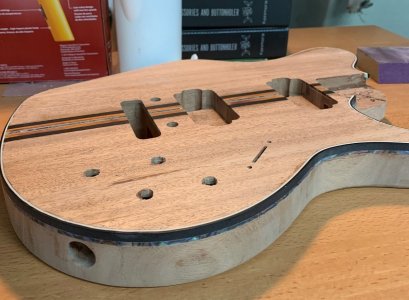I've never used a router, but I have run manual and CNC lathes and mills and various other machines (a Colchester manual lathe above 3000rpm is as nervewracking as cutting parts on an expensive 5-axis Okuma CNC). As with any cutting tool, just choose quality over cost, never use a dulled cutter, heed the manual and mfg's specs, keep within the rated speed and feed rate for the cutting tool and material, stay alert, wear your PPE, and regularly inspect your equip and you'll be fine. Remember, thousands of people, from noobs to pros, are safely routing everday because they follow the rules.
In my experience, kickback or crashing a machine was always the result of not understanding something I was working with (tool, cutter, material, process, or environment) and is avoidable given our easy access to information. Tool mfg's publish specs for every cutter to guide you in its safe and efficient use. I was far too old when I learned that some materials cut way better, faster, and safer at lower RPMs and feeds! The extra time it may take you to cut at a shallower depth and slower feed vs trying to hog it out is time you didn't spend starting over on a new workpiece or in the ER (and your tools last longer!).
I'm still a bit apprehensive about hand-held routers but am easing myself into it with a Dremel/router base setup (on order) to practice inlay, then simple binding, then upgrade to a trim/laminate router for the same before attempting bigger jobs.





